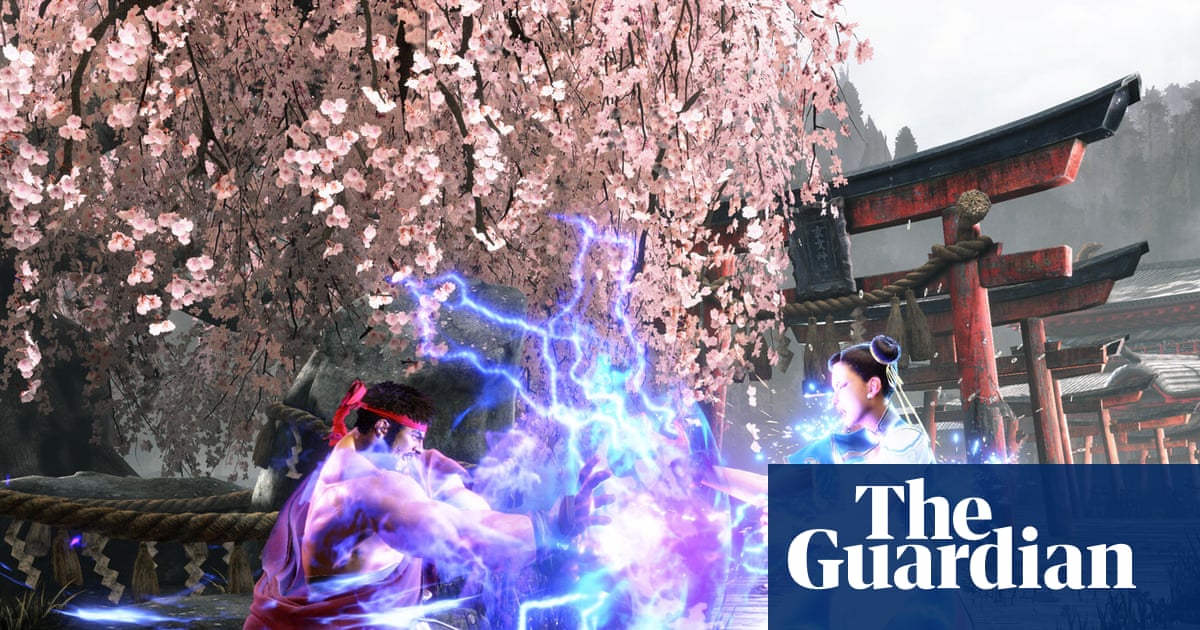A rash of recent assassinations have brought on congressional scrutiny and concern among law enforcement agencies who are wary of an age of political polarization turning deadly.
But experts say the violence is as much a byproduct of the times as it is the easy accessibility to DIY murder tradecraft, evident in some high-profile slayings of late.
So while the willingness to commit these acts has certainly increased, the tradecraft to pull them off has never been more obtainable.
“Political polarization, combined with the idea that one’s opponents are irredeemably evil and that there are no other legal avenues to create change, can lead to violence,” said Joshua Fisher-Birch, a terrorism analyst who closely tracks extremists across the political spectrum.
“There are several guides online for assassination, guerrilla warfare or similar violent acts, as well as counter-surveillance manuals shared by individuals in communication apps such as Telegram and online libraries.”
The proliferation of those kinds of resources have spilled into the mainstream and have given the average person the knowhow to access the types of instructions on popular apps that were once only available on dark web archives. Whether it’s downloading blueprints for and creating a 3D-printed gun, professionally tracking down targets, cooking up a bomb recipe or looking up ways to evade law enforcement once an act has been committed, a number of public attacks show so-called “lone wolves” using internet resources to plot their crimes.
For example, police say Vance Boelter, 57, charged with killing Democratic state representative Melissa Hortman and her husband at their home in Minnesota earlier this month, used a number of data brokering websites to amass not only a hitlist of “mostly or all Democrats” but their home addresses, too.
Court documents say Boelter was caught with “lists of internet-based people search engines including Truepeoplesearch, Spokeo, Pipl, Peoplefinders, Beenverified, Whitepages, Truthfinder, Intelius, Ownerly, USsearch and Peoplelooker” which can “aggregate data from various online and offline sources to provide the querying user details about the searched-for person, such as home addresses, phone numbers and information about family members”.
Extremists on the far right have also used similar resources to create kill lists of their enemies, and Fisher-Birch said some have become more “adept at doxing in recent years”. He noted that terrorist groups have gone about producing easily digestible manuals in pdf form then spreading them on Telegram, while other instructional materials are “commercially available books written by former members of militaries or intelligence services” they suggest reading.
Available online materials can also extend to sourcing weaponry. Fisher-Birch continued: “According to police, Luigi Mangione used a partially 3D-printed pistol to kill UnitedHealthcare CEO Brian Thompson.”
Mangione, who has amassed a cult-like following among anti-corporatists after the Manhattan assassination of Thompson in December, also allegedly managed to evade a manhunt for days with a stunning amount of counter-surveillance tradecraft – something other known attackers have achieved.
Still, to this day, the masked and hooded suspect seen planting pipe bombs at the RNC and DNC offices in Washington DC the night before the 6 January 2021 insurrection on Capitol Hill has yet to be caught. In the past, multiple law enforcement sources remarked how the surveillance footage shows the would-be bomber wearing the same prescribed disguise and gloves featured in terrorism manuals circulated on the far right.
Incidents like that suggest the ecosystem of DIY manualling has partly been seeded by extremist organizations on social media, which have then spread elsewhere. As early as 2018, the internationally designated neo-Nazi terrorist group the Base posted military tradecraft gleaned from US Marine Corps manuals and other sources instructing how to make a covert exit if you’re pursued by authorities.
Other jihadists groups, such as the Islamic State, have uploaded similar literature on encrypted forums they use to communicate with recruits.
after newsletter promotion
“More generally, violent extremists groups put considerable time and effort into inciting followers to plot attacks and building robust online communities for information sharing and advice,” said Lucas Webber, a senior threat intelligence analyst at Tech Against Terrorism and a research fellow at the Soufan Center.
“[IS] and al-Qaida produce and disseminate manuals and videos teaching followers to construct explosive devices, detonators, suppressors and more.”
Coinciding with this surge in political violence is the growing willingness of nation-states to increase covert assassination operations on foreign soil, taking advantage of the moment. Iranian agents sponsored the attempted assassination of a dissident in New York by tapping criminal networks to carry it out, while Indian diplomats tried to disguise the murder of a Sikh activist in Canada as a gangland killing.
Of course, political assassinations and their attempts, without the clear aid of online tools, have also come to pass: a man stalked an event at a Jewish museum in DC to gun down Israeli diplomats in May, while then presidential candidate Donald Trump faced an attempted assassination last summer in the lead-up to the November vote – both attackers using over-the-counter firearms and limited tradecraft.
One thing does seem clear: authorities appear unable or unsure on how to counter the rising threat of lethal political violence.
The FBI declined to comment on the broad string of recent political assassinations and how the agency plans to handle them in the future.
“We have nothing to add to previous statements about the events you mention,” said a spokesperson in an email.
After Boelter was caught, a federal agent in Minnesota called his alleged murders “an appalling act of political violence that has no place in our country”.

 2 months ago
35
2 months ago
35

















































